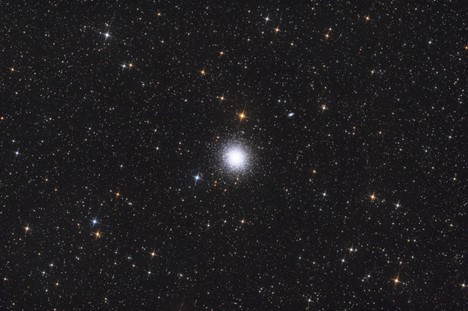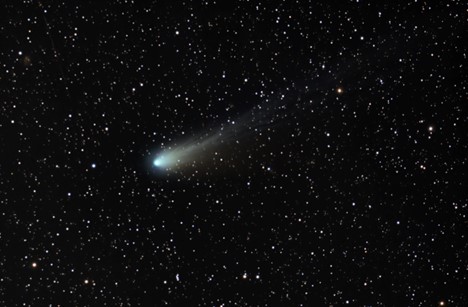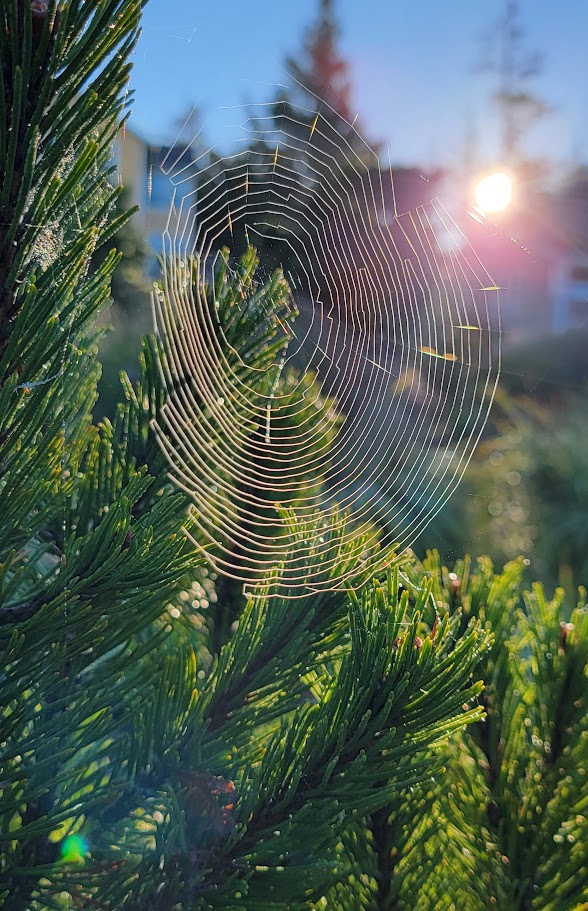Fall Clean-Up is Coming!
The dates for this year’s Fall Clean-Up have been set. More details will be forthcoming in the October newsletter, but for now, mark your calendars: October 11 – 20, 2024.
In the Sky September – October
Written by fellow Caper, Jason Scully:
Hello Capers! As many of you know I love shooting and sharing pictures of space. Since we are so fortunate to have truly dark skies, it’s no surprise that I’ve found so many neighbors who also enjoy the stars and are eager to learn more. If you’re one of these people, then this column is for you. In September and October we have two beautiful objects in our western sky.
Anytime in September or October—Hercules Cluster
The Hercules Cluster is one of the most spectacular globular star clusters in the sky. This cluster has stars that are up to 13 Billion years old! During September and October the Hercules Cluster will be in our western sky just after sunset. To find it, look up from the western horizon to find a bright orange star. That would be Arcturus. Then continue looking up and slightly to the left until you get pretty high in the western sky to find another very bright star. That would be Vega. Draw a line in between these two stars. On a dark clear night with the naked eye you’ll see a blurry area about half way in between the two in the constellation Hercules. Using binoculars, you’ll see that the blurry area is made up of thousands of stars! Here’s a picture I took with my telescope:

October 18–Comet Tsuchinshan-Atlas (C/2023 A3)
As we move into September you’ll likely see more and more hype about this comet’s potential to be one of the greatest and brightest comets you’ll have a chance to see for many years to come. You may also read that it has the potential to be a complete dud, since some astronomers believe that it is going to disintegrate before we have a chance to see it. If it survives its journey, you’ll be able to catch a view of this comet near the western horizon just after sunset on October 18th. If you watch the sunset, make note of where on the horizon the sun sets. As it gets dark, look up from that spot with a pair of binoculars and you should see a green ball with a tail. If you miss it, not to worry. It’ll be back in about 450 years. Here’s a picture with my telescope of the 12P/Pons-Brooks comet to give you an idea of what to look for:

Keep looking up and clear skies Capers!
Leashes, Please!
Just a reminder – all dogs must be on a leash or otherwise under your physical control at all times when they are outside of your home – even if they are perfectly nice dogs who love all other dogs and never, ever fight with anyone. When your dog is allowed to roam loose and unattended:
- He could potty in your neighbor’s yard – how can you clean up after your pet if you don’t know where he left it?
- He could wander into the street and into the path of an oncoming car.
- He could approach another owner walking a leashed dog. You cannot assume that all dogs are happy to meet yours. Some pooches are frightened when approached by other dogs, and some react negatively. If an owner is trying to remove their frightened or angry dog from the vicinity of yours, and your unleashed and unattended dog follows them, your dog could wind up getting hurt. (Or the other owner could be injured while trying to separate the animals.)
And last, but not least…
- Bobcats, eagles, cougars, bears, angry racoons…need I say more?
